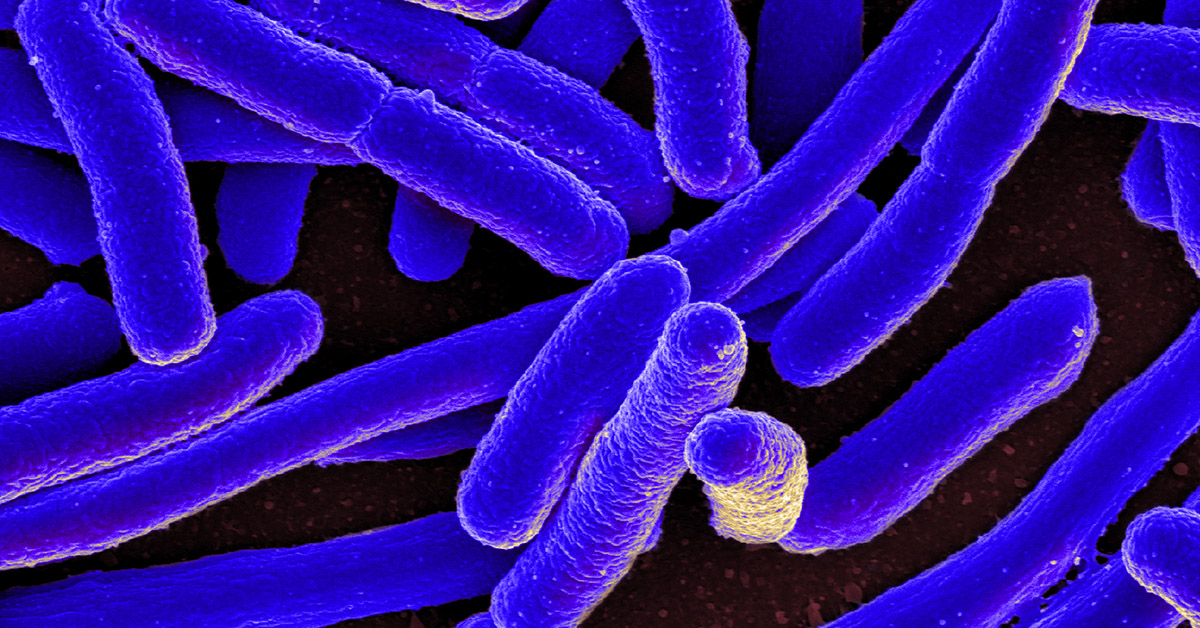Researchers from the School of Public Health and Masonic Cancer Center, whose findings were recently published in the journal Science, have developed an innovative method for determining how toxins interact with and damage DNA on the molecular level. The method may help researchers uncover the genetic chemistry leading to cancer development, which has broad applications ranging from understanding how toxins are affecting DNA in the body to developing tools to improve outcomes of chemotherapy.

The method was developed by Silvia Balbo, School of Public Health assistant professor and Masonic Cancer Center member, and Peter Villalta, mass spectrometry services coordinator at Masonic Cancer Center. It uses mass spectrometry—a technique for identifying the chemical composition of substances—to study how toxins chemically interact with DNA molecules. Balbo and Villalta used the technique in a related study to identify a specific DNA modification in cells and animals exposed to colibactin, a toxin produced by a strain of E. coli bacteria. Altering or damaging DNA leads to cell mutations, which can eventually grow into cancerous tumors. When formed, colibactin is present in the human gut and is linked to the development of colon cancer.
“This is important because it is the first time we’ve used this method to identify exactly how a toxin with an unknown chemical structure is interacting with and modifying DNA,” said Balbo.
For the test, the researchers compared the colon DNA of mice exposed to E. coli producing the colibactin toxin to the colon DNA of mice exposed to E. coli not producing the toxin. From this, they discovered the DNA damage resulting from the exposure to colibactin and characterized its structure.
“The next step in our research is to see if we can use this technique to detect the same DNA structural damage in humans and employ it as a diagnostic tool to see if people have been exposed to the toxin or are at increased risk for its harmful effects,” said Balbo.
The technique also has broad application for researchers who study the effects of many other toxins in the body. For example, Balbo is now conducting new research to determine exactly how consuming alcohol damages DNA and triggers the development of cancer.
“There’s even the possibility that the technique could help improve chemotherapies tailored to an individual patient through understanding how a particular drug interacts with a patient’s DNA,” said Balbo. “We could get to the point where we can test a microdose of a chemotherapy drug to see how it interacts with someone’s DNA to then move forward with treatment.”
Balbo developed the technique using the Masonic Cancer Center’s Analytical Biochemistry shared resource and partnered with researchers from Harvard University on the project.

